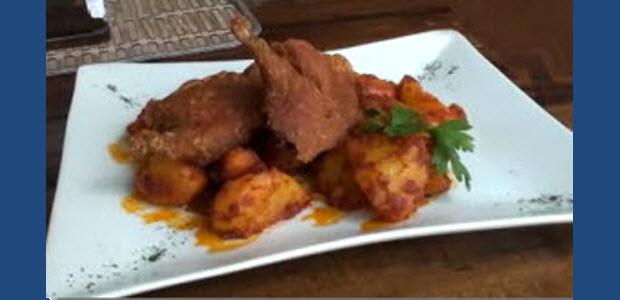
Peruvian Guinea Pig Recipe Is Actually Delicious!
The Peruvian guinea pig recipe is truly classic! Archaeological evidence shows guinea pigs were domesticated in Peru as far back as 2500 B.C.
You Might Also Like: 4-Day Vacation Package in Cajamarca
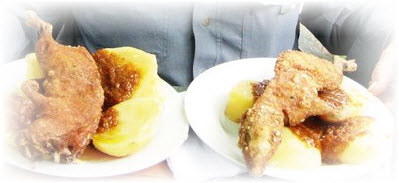
Here, in the land of the rodent’s birthplace, it remains a culinary delicacy, as well as a mainstay of Andean folk medicine and a common religious sacrifice to the gods.
A 17th century native chronicler, Guaman Poma de Ayala, wrote that the Incas sacrificed 1,000 white guinea pigs along with 100 llamas in Cuzco’s main plaza each July “so that neither the sun nor the waters would harm the food and the fields.”
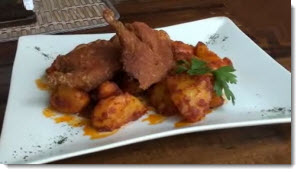
While the Catholic Church brutally suppressed and destroyed Indian religious icons as part of the Spanish extirpation campaigns of the 16th century, guinea pigs were conspicuously spared.
Geronimo de Loayza, the first bishop of Lima from 1545 to 1575, rejected pressure from Spanish priests to order the mass extermination of the rodents, for fear it would spark an indigenous rebellion. A main facet of original Peruvian food was spared.
The Spanish colonizers made Indian artists paint, weave and carve items with Catholic themes to decorate churches and evangelize the natives. The artists copied prints imported from Europe, but added Peruvian touches. Today, churches in Lima and Cuzco still display depictions of the Last Supper with Jesus and the 12 disciples eating roasted guinea pig.
The most common preparation for cuy is chactado, or simply, deep-fried, and served with the head staring up from the plate. It is served this way in places like Trujillo and Chiclayo on Peru’s northern Pacific coast, and in Cajamarca, Ayacucho, Huaraz, Arequipa and Cuzco, in the northern and southern Andes. But fried guinea pig is hardly the only way it is made. There is also “cuy al horno,” or roasted guinea pig.
Here’s the recipe:
In the central Andean Department of Huanuco, one homestyle recipe — with heavy Afro-Peruvian influence — stands out for its soft, succulent texture, and spicy flavor and aroma and no head to stare back at you, unless you specifically request it.
Ingredients: Cuy Picante Huanuqueño Style
— 2 large guinea pigs
— 1 tablespoon crushed garlic
— 1½ teaspoon salt
— 1½ pepper
— 1½ teaspoon cumin powder
— 2 tablespoons aji panca (a Peruvian deep-clay red chile, liquefied in a blender)
— 2 tablespoons aji mirasol (a Peruvian dark yellow chile, liquefied in a blender)
— 1 cup cooking oil or margarine
— 10 scallions
— The guinea pigs hearts, livers (and in an authentic version, also the intestines, thoroughly cleaned)
— 1 tablespoon of crushed peanuts
— 8 yellow potatoes boiled and skinned
Preparation:
Cut and quarter the guinea pigs, salt and pepper, then fry until golden brown. Put aside in a warm dish. In a heavy skillet, lightly greased with a few splashes of oil, combine the garlic, aji panca and aji mirasol over high heat.
Mixing and scraping the ingredients from the bottom of the pan to keep it from sticking; continue until the mixture is thoroughly cooked to a golden brown. Chop the scallions, separating the white bulbs from the green stalks.
Add the finely chopped scallion bulbs to the pan with the cumin. In a separate pan, combine the hearts, livers and peanuts and cook until thoroughly done, then place in a food processor or blender to liquefy.
Add and mix with aji-garlic mixture in heavy skillet.
Add guinea pig pieces, cooking for 10 to 15 minutes. Let stand for at least 15 minutes. Serve over sliced boiled potatoes sliced.
Serves four.
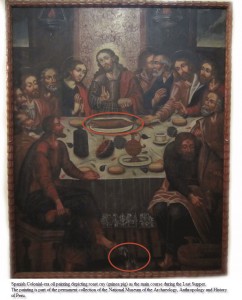
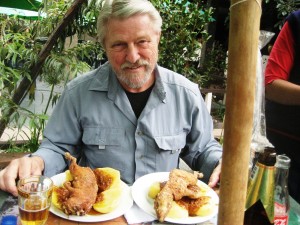
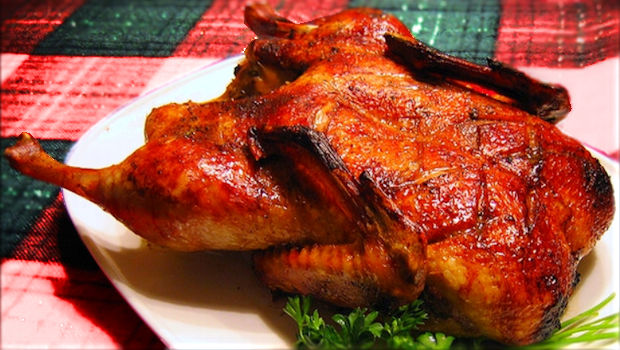 Thanksgiving Turkey Recipe: Pisco Peruvian Style
Thanksgiving Turkey Recipe: Pisco Peruvian Style 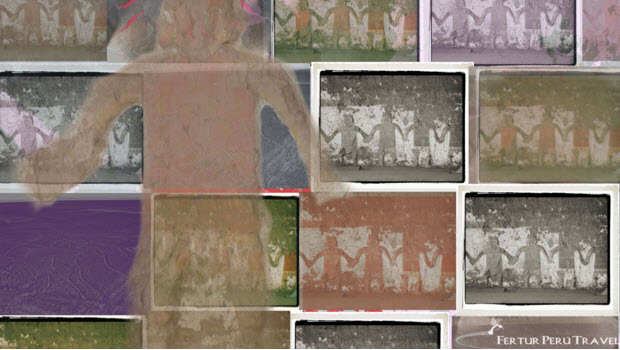 Moche – Phase I through IV
Moche – Phase I through IV  An Inca family and the fizzy sugar beverage
An Inca family and the fizzy sugar beverage 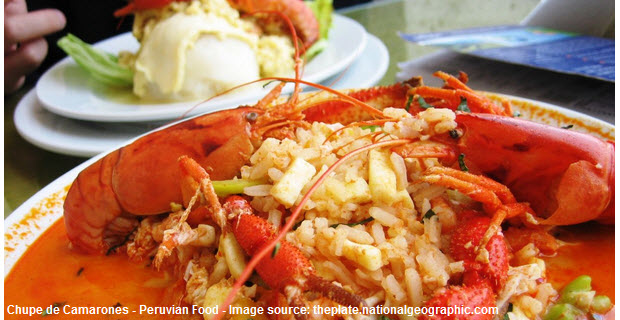 Chupe de Camarones – Peruvian Food
Chupe de Camarones – Peruvian Food 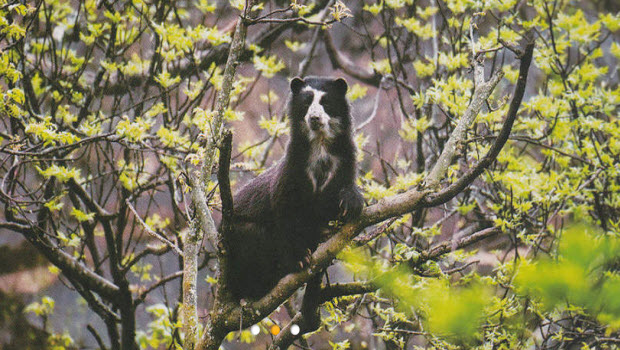 Top Five Wanderlust Wishlist for 2012
Top Five Wanderlust Wishlist for 2012  Discover Peru’s Rich Gastronomy at Perú Mucho Gusto 2024 in Lima
Discover Peru’s Rich Gastronomy at Perú Mucho Gusto 2024 in Lima  Paul McCartney: “We will rock” Peru
Paul McCartney: “We will rock” Peru 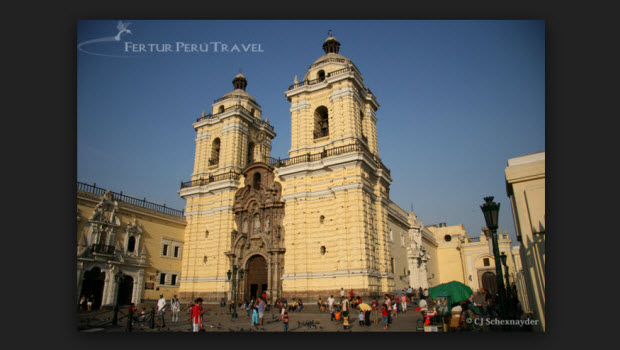 Lima City Tour with some culinary mischief from a mythical Andean character
Lima City Tour with some culinary mischief from a mythical Andean character